Vintage vs Modern Gear: Choose Your Destiny
We look at the advantages of vintage and modern gear designs.
With the ever-increasing availability of new audio hardware and software, it’s easy to lose track. We discuss vintage vs modern gear.
Vintage vs Modern Gear
When we look around professional studios or even our own home studios, we can find gear that follows different design philosophies. While some instruments and audio tools look or sound like vintage gear, others take a more modern approach.
This is not just the case with hardware, the world of software plug-ins can also be quickly divided into analogue-moddelled designs and those that favour a new approach without drawing from vintage designs.
When doing research online, we often find that YouTube influencers and other audio pros suggest that you must own certain pieces of gear to bring your studio to a certain standard. However, do we really need to rely on vintage designs from Neve or API to compete in today’s audio technology landscape? Let’s find out.
In this Article:
Vintage vs Modern Gear: Analogue Plug-ins
Many of the stock and 3rd-party plug-ins we use in music production, film, and content creation workflows are based on vintage and modern hardware designs.
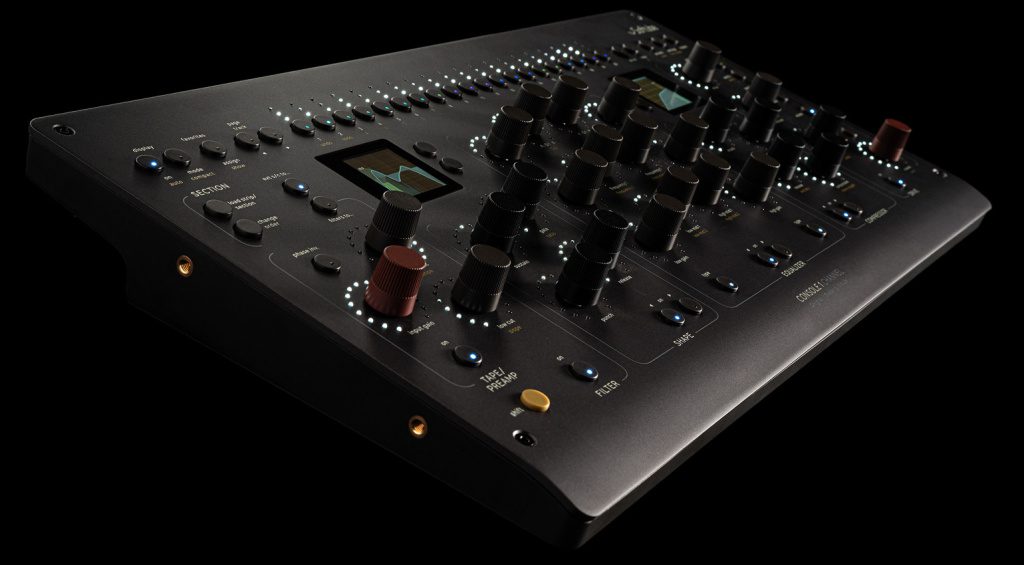
Rather than simply being a more affordable alternative, these plug-in designs provide similar signal processing behaviour to the original hardware units, but with the advantage of the flexible DAW environment.
Although analogue-style plug-ins don’t sound nearly as good as their hardware equivalents, they do provide some fantastic workflow options. The Softube Console 1 system, for example, provides a knob-per-function control interface that gives you a streamlined digital workflow for your DAW and plug-ins with an analogue feel.
Another advantage of analogue-modelled plug-ins is that the familiarity of the interfaces makes them easy to use. A plug-in version of the LA-2A, for instance, may not sound exactly like the vintage unit, but it’s so easy to use that even first-time users can get decent results.

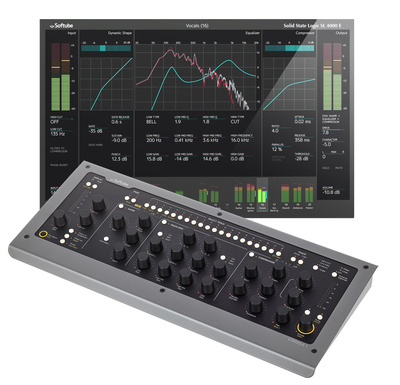
Vintage vs Modern Gear: Modern Plug-ins
Instead of trying to emulate hardware, there is a range of plug-in designs that use processes that simply aren’t possible with analogue circuitry. Although the interfaces are sometimes more technical or opaque, these plug-ins can play an important role in the creative process rather than simply being a means to an end.
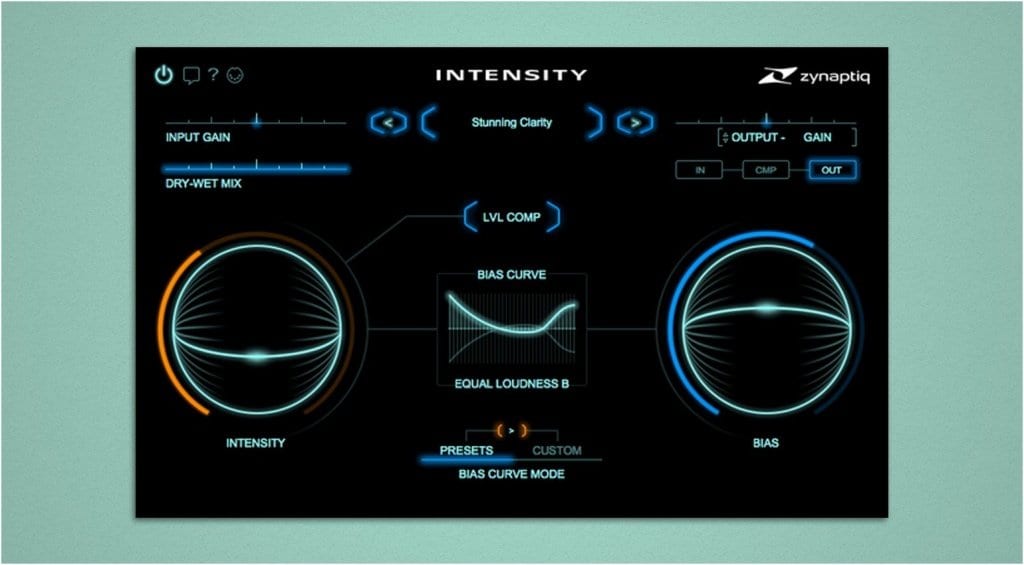
In most cases, a modern plug-in that offers something unique is a better long-term investment than an analogue plug-in. While there is always a range of options for specialized processors like resonance suppressors and maximizers, they aren’t quite as numerous as 1176 plug-ins.
If you’re looking for plug-ins outside the scope of analogue modelling, look into developers such as FabFilter, Flux, Zynaptiq, Ina-GRM, Oeksound, McDSP, and TBProAudio.
However, before you go investing in specialized plug-ins, make sure you’ve already spent hours mastering the stock plug-ins in your DAW.

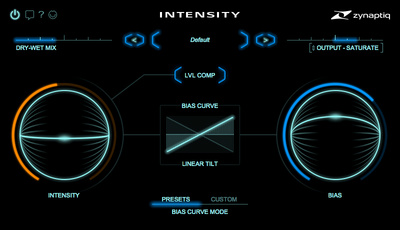
Vintage vs Modern Gear: Vintage-style Hardware
As vintage hardware has priced itself into the collectors and auctioneers market, for the most part, it’s the recreations of these classic hardware pieces that have in fact become more relevant in music production.
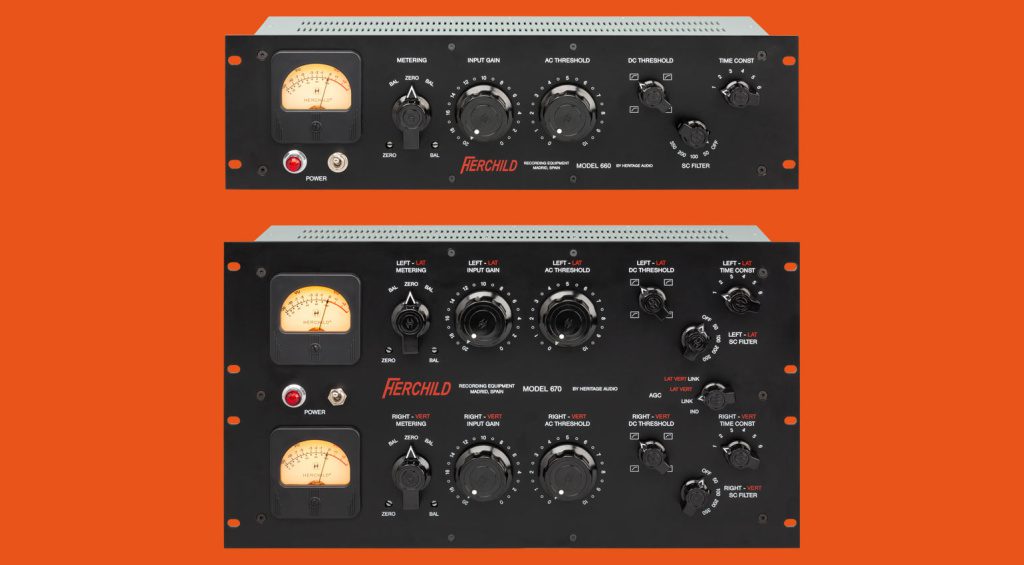
The currently manufactured vintage-style options are more affordable and easier to maintain than most collectible vintage recording gear. Furthermore, they also retain a high resale value on the second-hand market.
This is especially true if you invest in something that is currently used by professionals. Although music production is predominantly done in the box these days, there are aspects like vocal tracking, in which hardware is still an essential part of the process.
By using top-quality mic preamps, EQs, and compressors, you can shape vocal signals on the way in, adding colour and taming transients in ways that plug-ins can’t. Manufacturers like RND, Chandler Limited, SSL, WesAudio, BAE, Manley IGS Audio, Bettermaker, Tube-Tech, Heritage Audio, and Tegeler all have great vintage-influenced designs for professional recording.

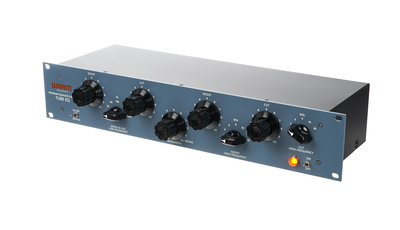
Vintage vs Modern Gear: Modern Hardware
Not every manufacturer is aiming to recreate the recording icons of yesteryear. Instead, some create solutions for modern DAW-based workflows to help streamline both analogue and digital signal management.
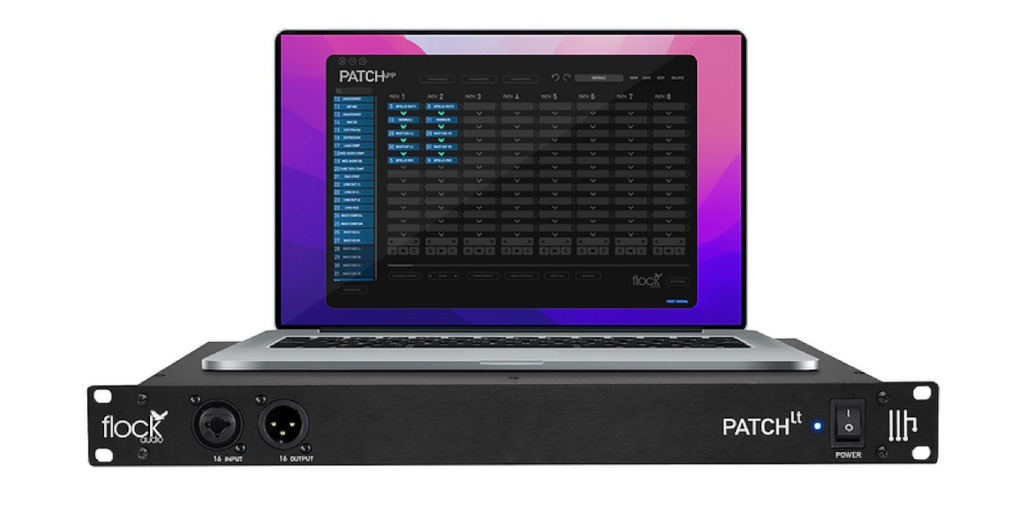
Functions like monitoring, summing, and patchbay routing are areas where innovation has allowed digital control of analogue signal routing. This is helpful for any level of producer or engineer, from home studio to professional mixing and mastering house.
While companies like SPL continue to look for ways to improve your workflow, Flock Audio, WesAudio, and Bettermaker provide software control with analogue signal path.
The beauty of a great hardware design is that it simply doesn’t date like processors in a software environment. Those of us who rely on macOS will forever be at the mercy of the neverending compatibility updates we do each year.
- Find out about Flock Audio

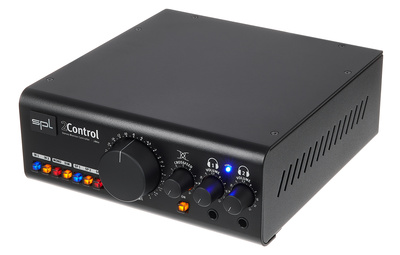
More about Vintage vs Modern Gear:
- Thomann’s Guide to Plug-ins
- Everything Vintage
*Note: This article contains promotional links that help us fund our site. Don’t worry: the price for you always stays the same! We will receive a small commission if you buy something through these links. We appreciate your support!
One response to “Vintage vs Modern Gear: Choose Your Destiny”

 4,4 / 5,0 |
4,4 / 5,0 | 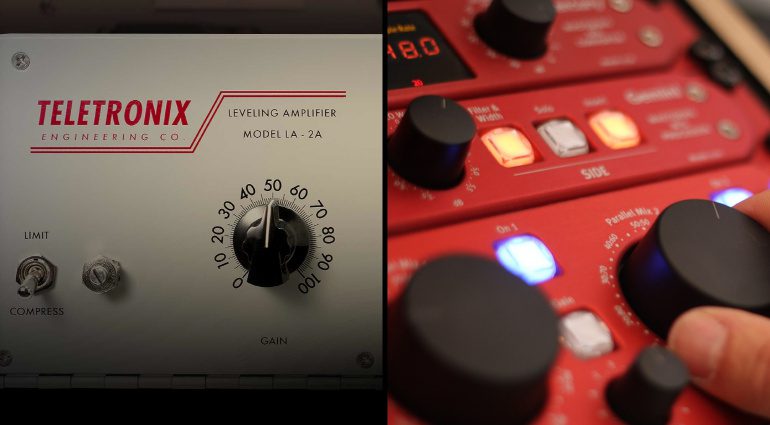


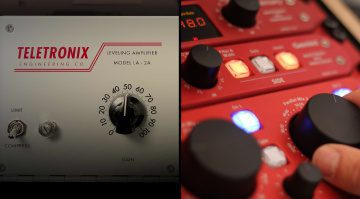

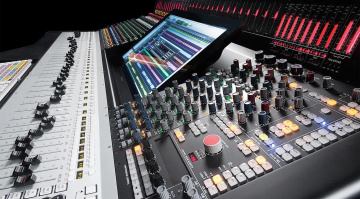

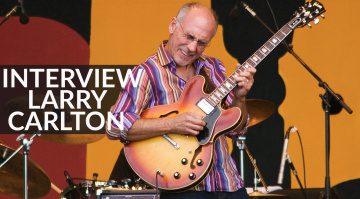
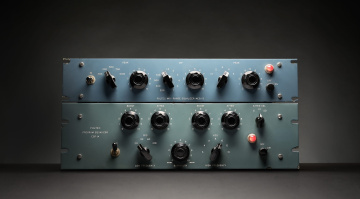

“Although analogue-style plug-ins don’t sound nearly as good as their hardware equivalents…”
When was this written, 2004? This is simply absurd, as attested to by the many professionals who have moved to in the box.